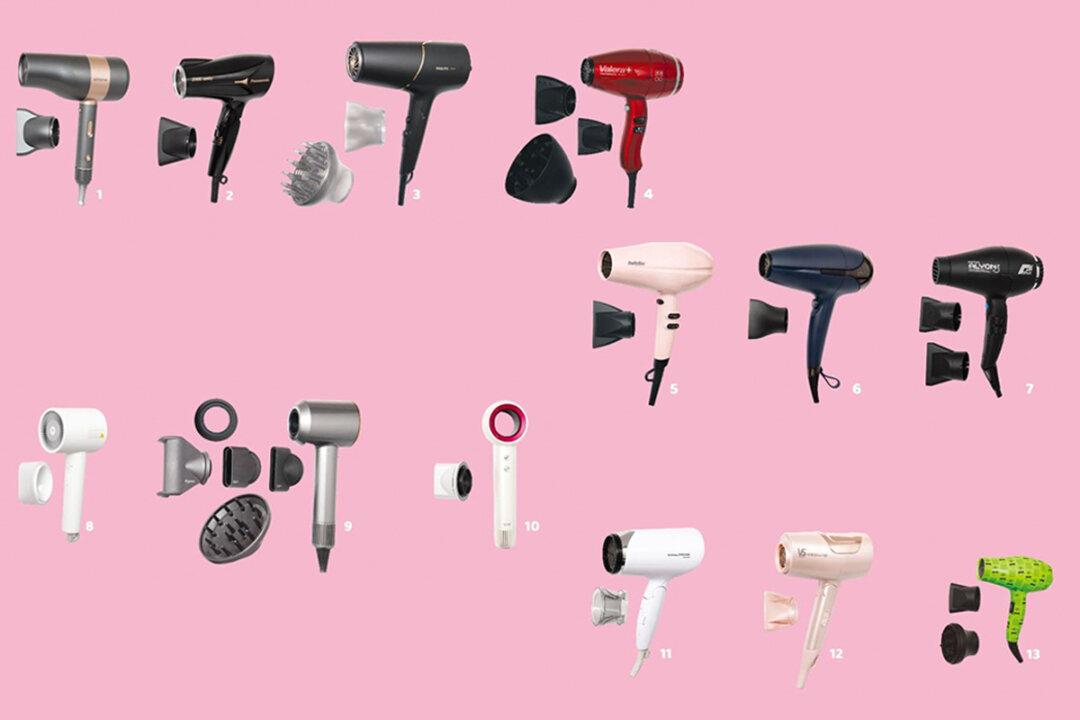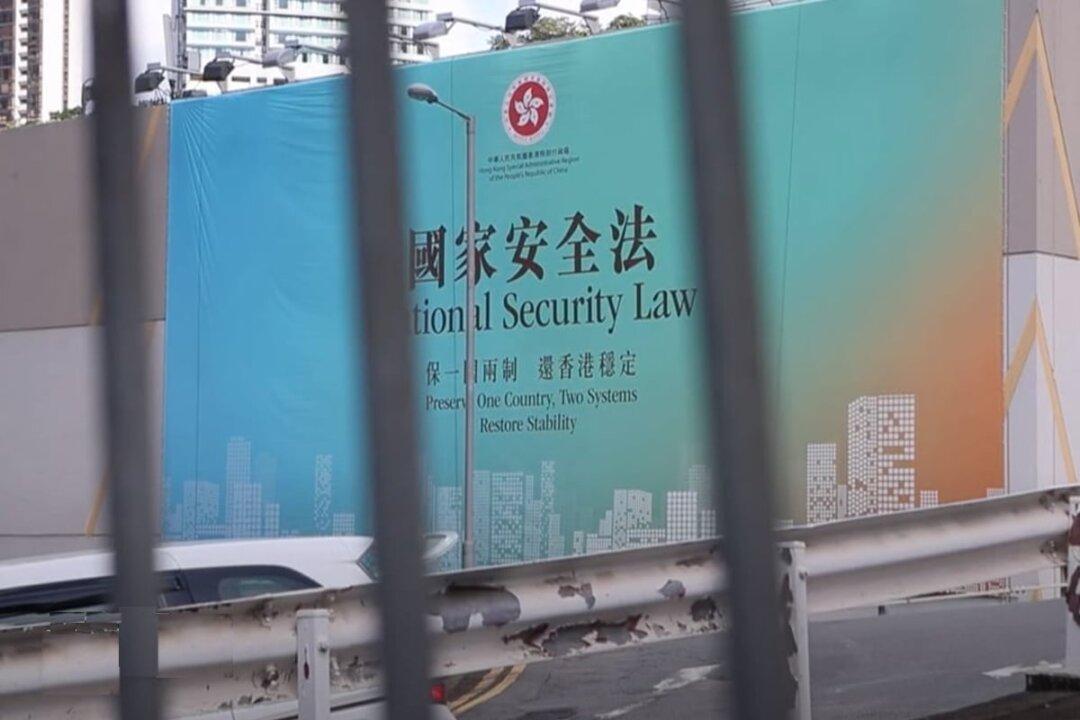Hair dryers are common household appliances used primarily for drying hair. The Consumer Council tested 13 hair dryers available in the market earlier, and the results were announced on Sep. 14. The tests revealed that the drying speeds of these hair dryers can differ by up to 0.85 times. Additionally, two of them produced a maximum hot air temperature exceeding 96°C. Moreover, one hair dryer claimed to generate negative ions, but the measured negative ion concentration was similar to that of hair dryers without this feature. The Consumer Council advises consumers to purchase products with appropriate power and design according to their needs, avoid prolonged high-temperature hair drying to prevent hair damage, and save energy.
The 13 hair dryers tested have rated powers ranging from 1,000W to 2,300W, with seven models having powers of 1,700W or above and the remaining six having 1,600W or below. Two of these are “travel hair dryers” with dual voltage options. The prices of these dryers ranged from HK$199 (US$25.4) to HK$3,680 (US$470.2). The test items included drying speed, hair drying temperature, heating uniformity, negative ion concentration, and safety tests.




